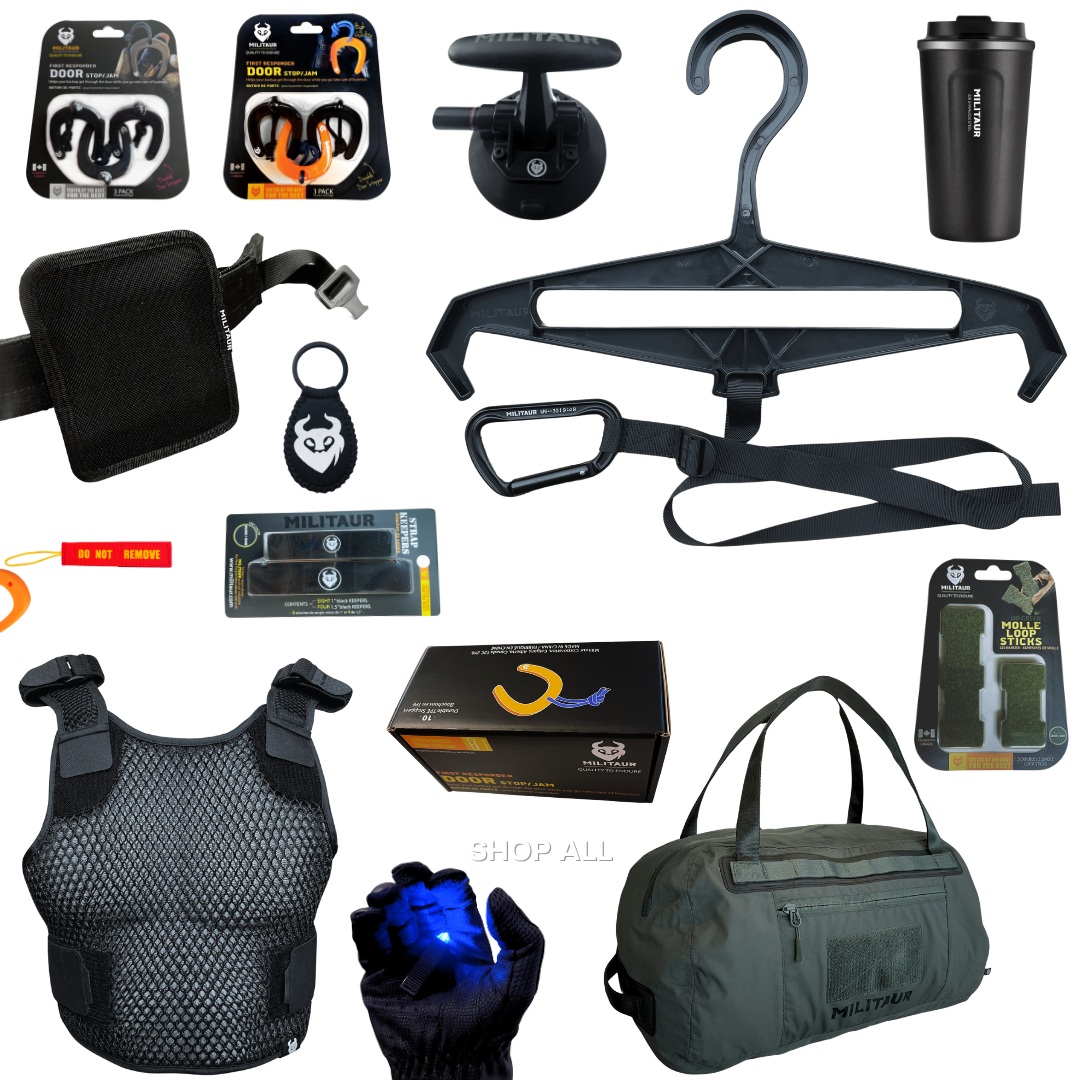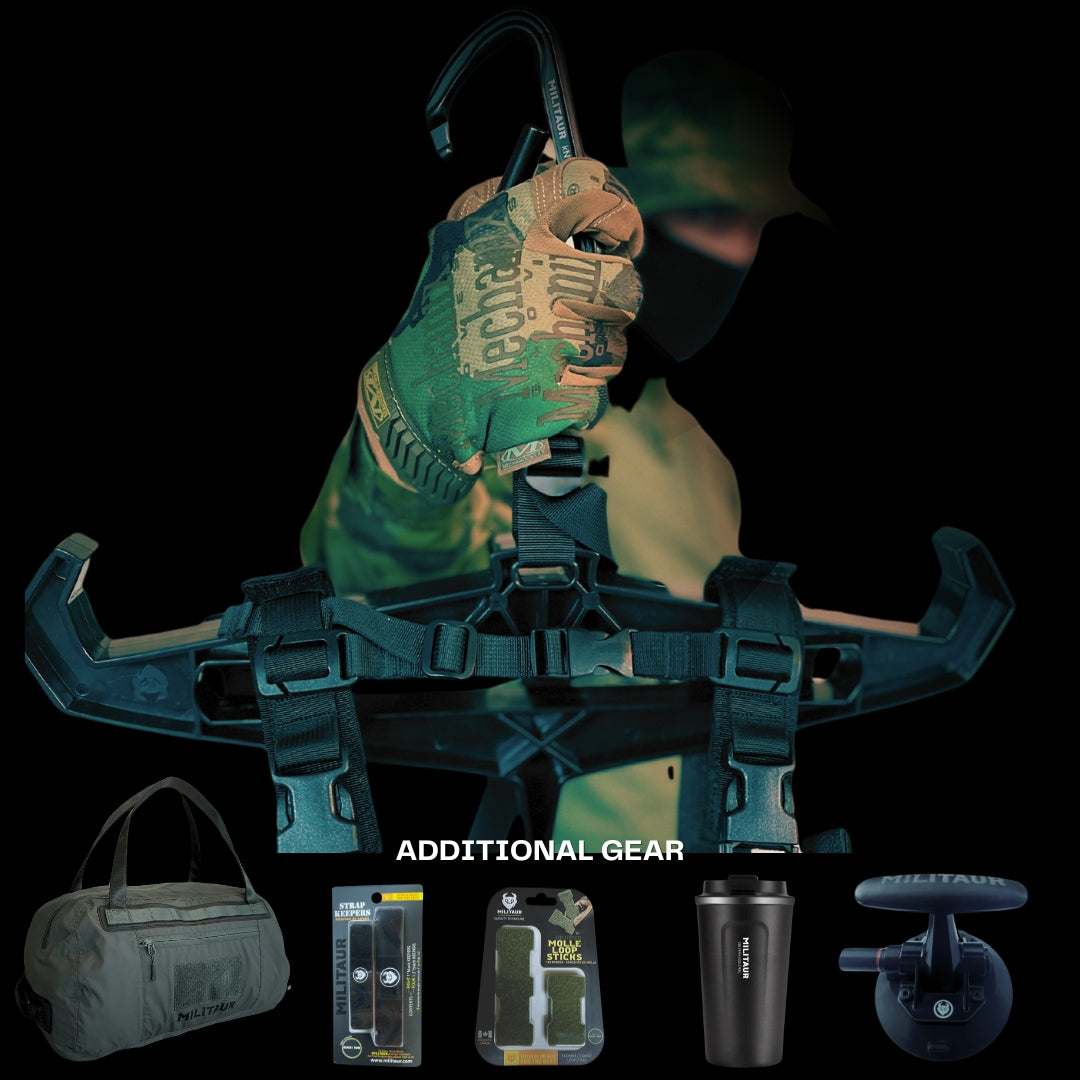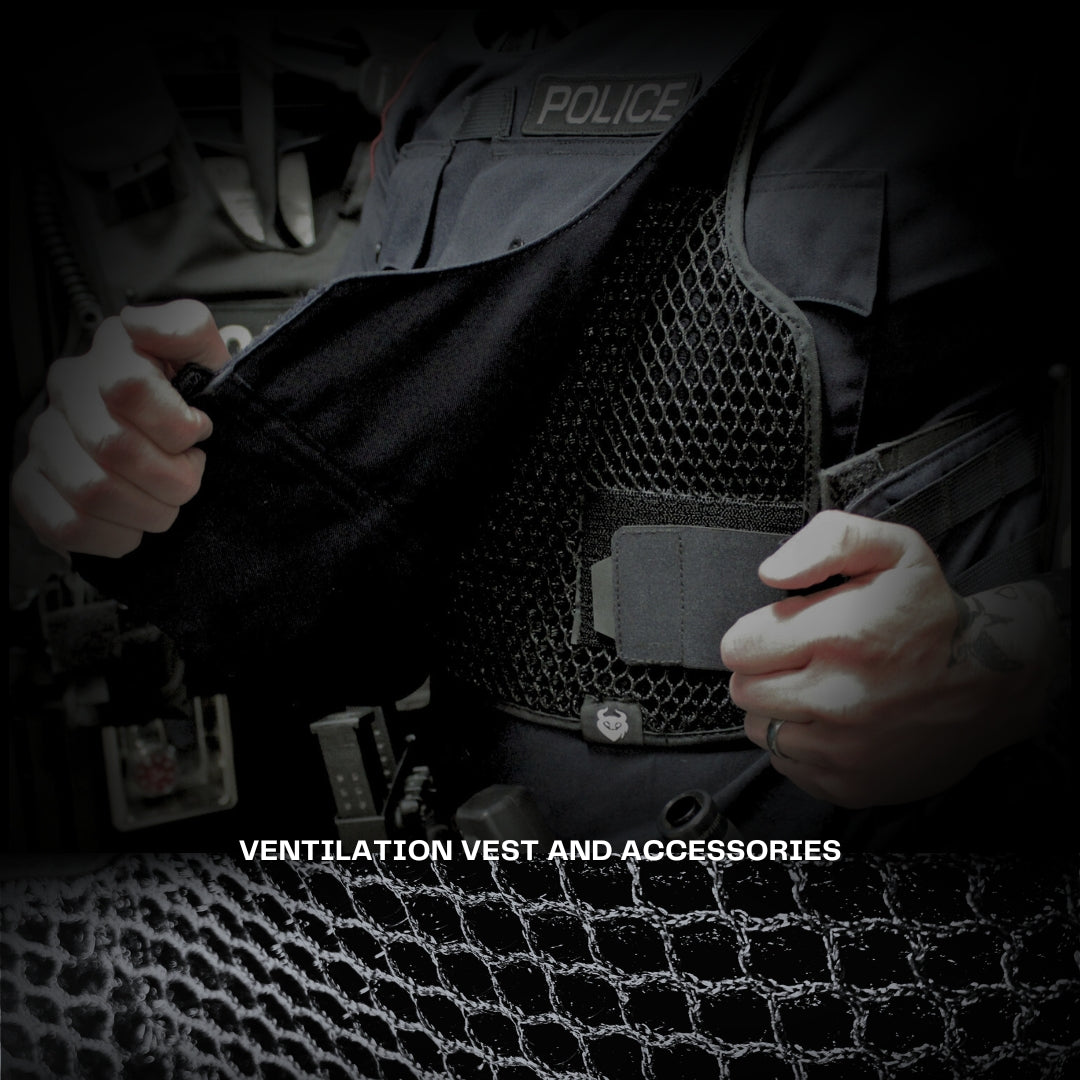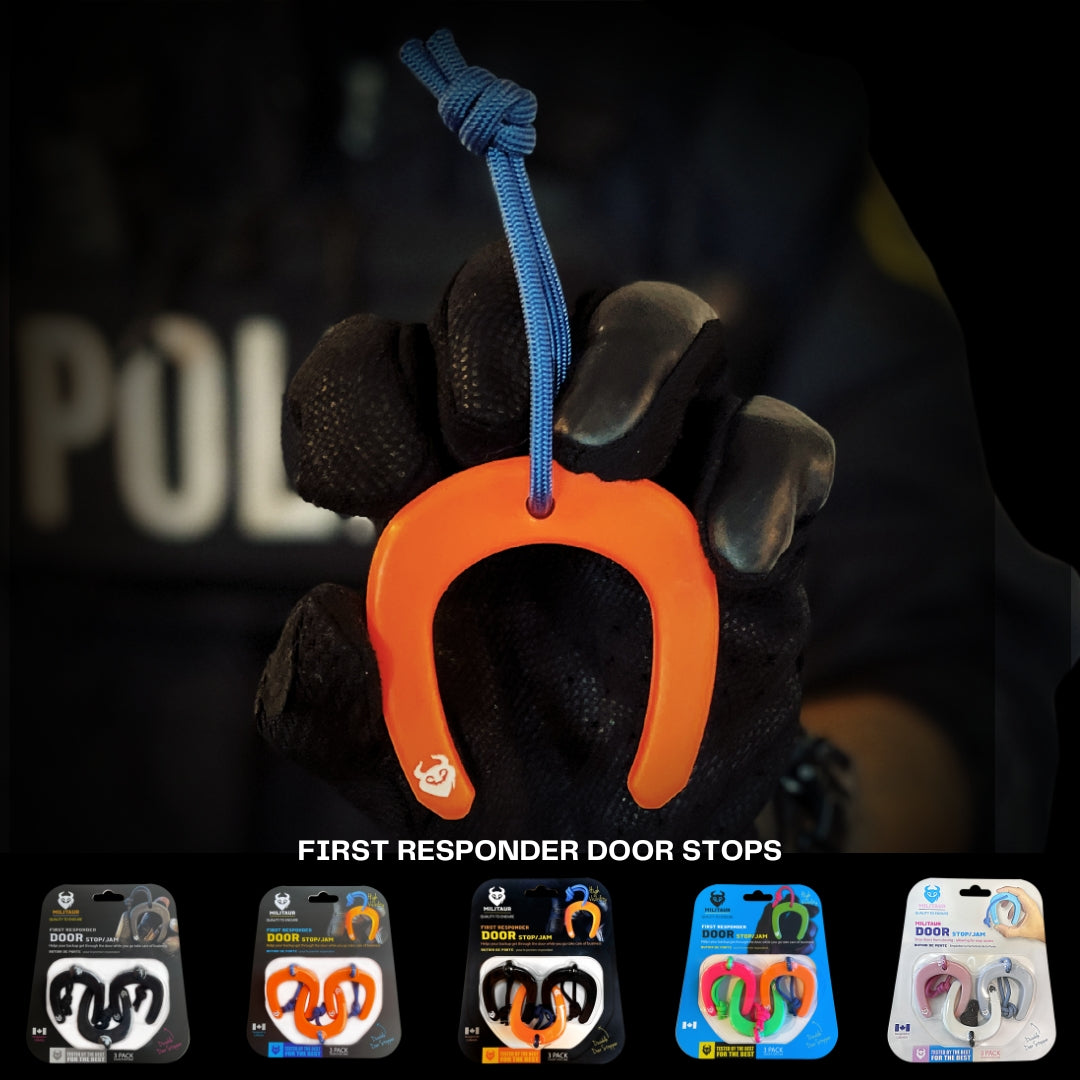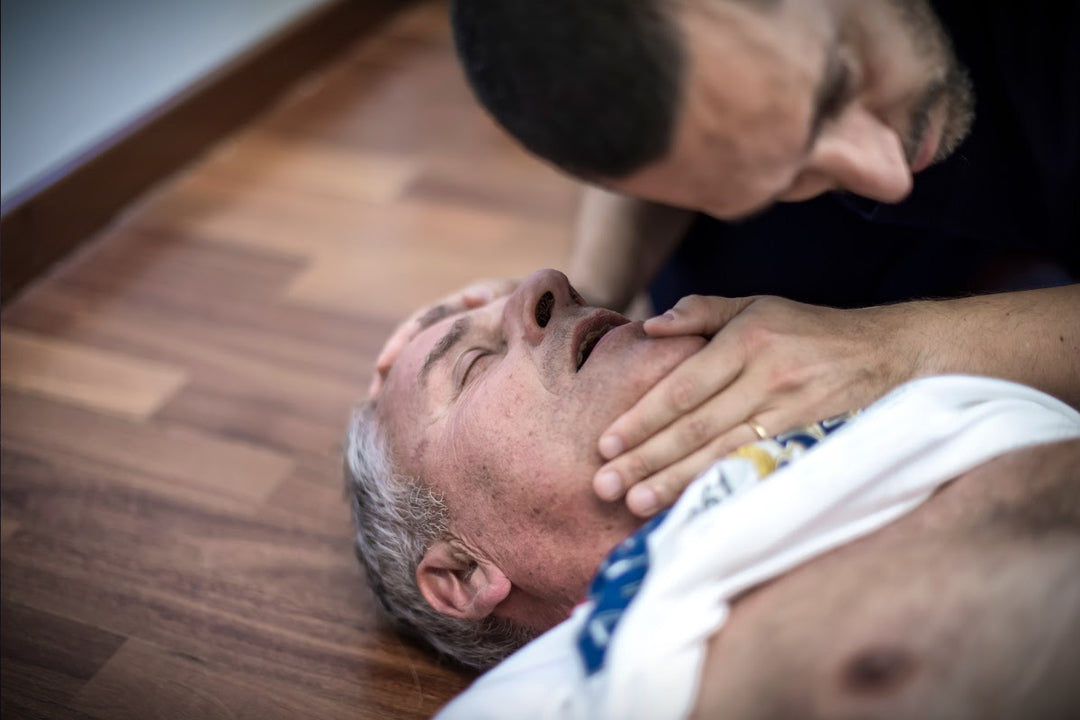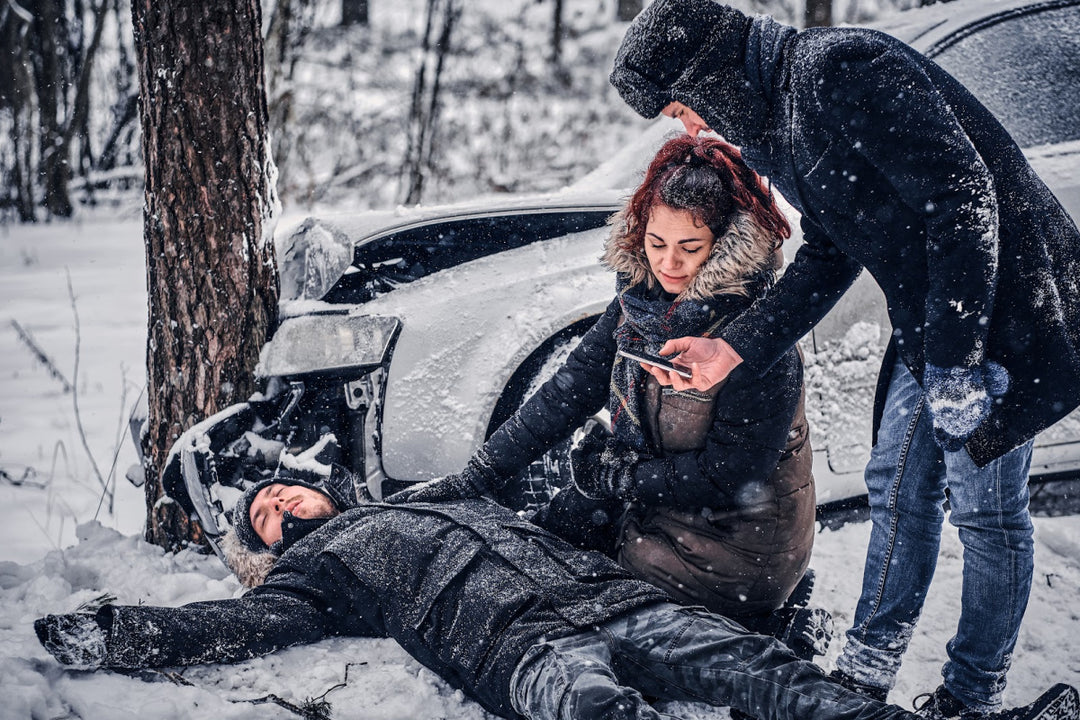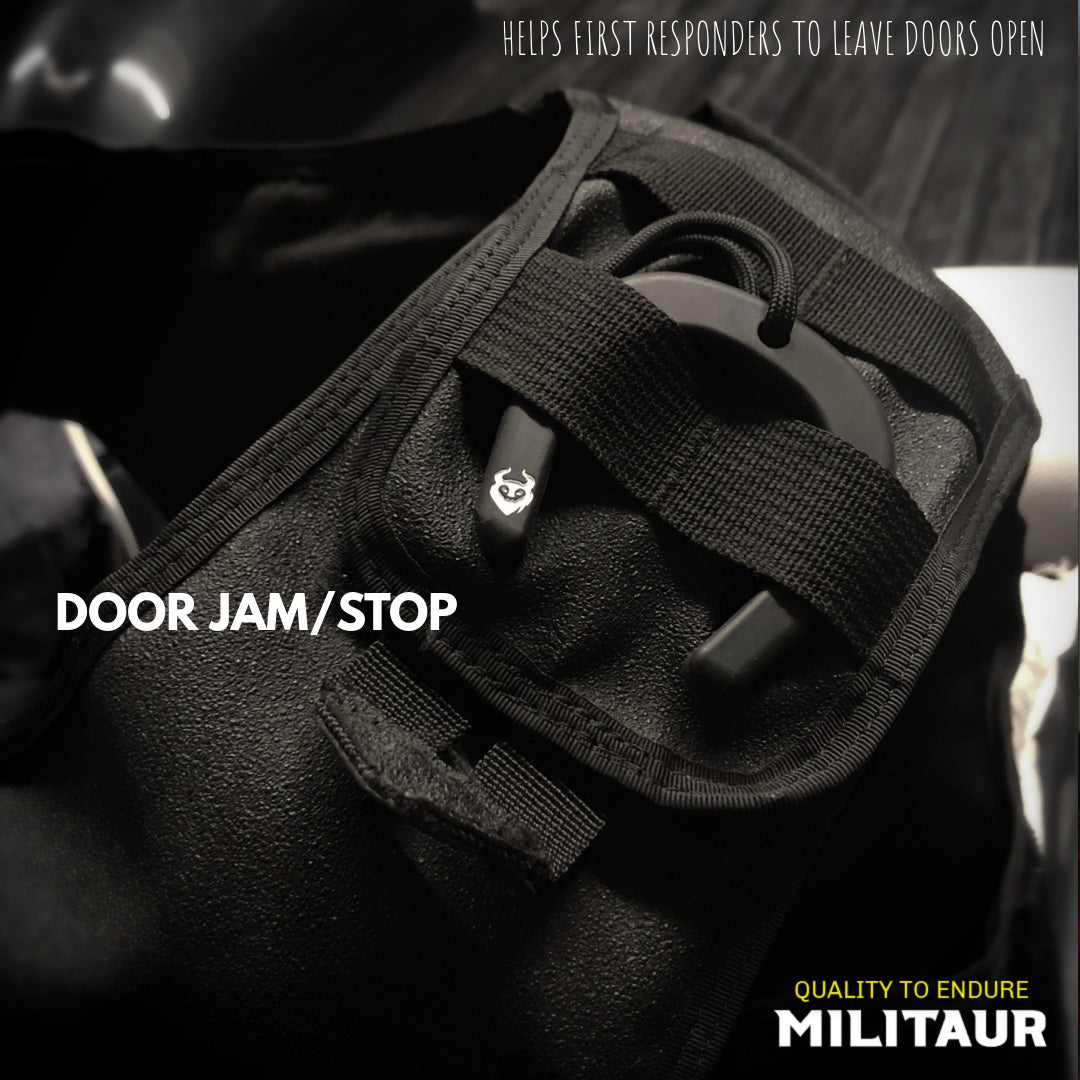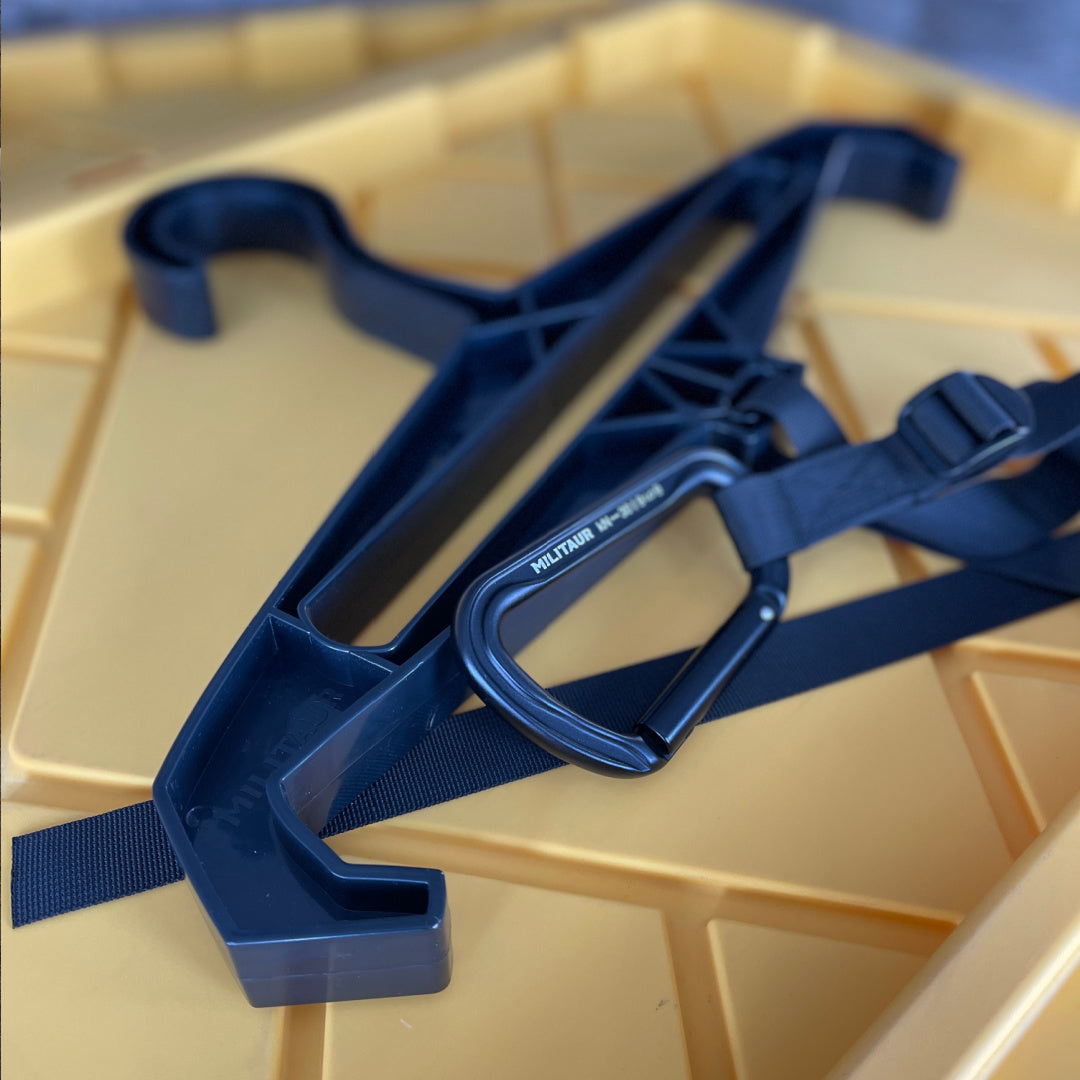Common Emergency Medical Situations
Here's a list of common emergency medical situations, how to identify them, and recommended initial responses. It's crucial to get professional medical responders to help in these situations.
This guide is intended to provide general information on recognizing and initially responding to common emergency medical situations. It is not a substitute for professional medical advice or training. In an emergency, always call 9-1-1 or your local emergency number.
-
Heart Attack
- Identification: Chest pain or discomfort, pain in shoulders, arms, neck, jaw, or back; shortness of breath; cold sweat; nausea; light-headedness.
-
Response: Have the person sit down, rest, and try to stay calm. Loosen any tight clothing. If the person is not allergic to aspirin, has no serious bleeding, and is not at risk for a stroke, give an aspirin tablet to chew (if they intolerantailable and not contraindicated).Call emergency services immediately.
-
Stroke
- Identification: Face drooping, arm weakness, speech difficulty, sudden numbness on one side of the body, confusion, trouble seeing, walking, or sudden severe headache.
-
Response: Use the FAST acronym: Face, Arms, Speech, Time. Call emergency services immediately.
-
Choking
- Identification: Inability to talk, difficulty breathing or noisy breathing, skin, lips, and nails turning blue, loss of consciousness. For infants they may be unable to cry, cough, or make any sounds, in which may indicate choking.
-
Response: Perform the Heimlich maneuver on adults.
For infants, - Back Blows: Lay the infant face down along your forearm, head lower than the body, and give 5 firm back blows between the shoulder blades with the heel of your hand. Chest Thrusts: Turn the infant face up, keeping the head lower than the body. Place two fingers in the center of the chest just below the nipples and give 5 quick thrusts.
Repeat back blows and chest thrusts until the blockage is dislodged.
Only attempt to remove the blockage if you can clearly see it in the mouth. Do not perform a "blind sweep" with your fingers as this could push the object deeper into the airway.
-
Severe Bleeding
- Identification: Rapid blood loss, cool and clammy skin, confusion or fainting.
-
Response: Apply Pressure: Press directly on the wound with a clean cloth to control bleeding. Elevate: If possible, raise the injured area above the heart unless it causes pain. Use a Tourniquet: For life-threatening bleeding not stopped by pressure, apply a tourniquet above the wound and mark the time it was applied. Cover the Wound: Secure a clean dressing over the wound once bleeding is controlled. Monitor for Shock: Look for signs like cold, clammy skin, and rapid breathing; keep the person warm and calm. Avoid Food and Drink: Do not give the injured person anything to consume.
-
Frostbite
- Identification: Cold skin and a prickling feeling, numbness, red, white, bluish-white, or grayish-yellow skin, hard or waxy-looking skin.
-
Response: Get into a warm room as soon as possible. Immerse the affected area in warm (not hot) water, or warm the area using body heat. Do not rub the frostbitten area.
-
Heat Stroke (Sunstroke)
- Identification: High body temperature, altered mental state or behavior, alteration in sweating, nausea, and vomiting, flushed skin, rapid breathing, racing heart rate.
-
Response: Call emergency services. Move the person to a cooler place. Remove excess clothing. Cool the person with cool cloths or a cool bath.
-
Anaphylaxis (Severe Allergic Reaction)
- Identification: Difficulty breathing, swelling of the face and throat, rapid or weak pulse, skin rash, nausea, and vomiting.
-
Response: If an epinephrine auto-injector is available, use it on the outer thigh; lay the person flat and elevate their legs. Administer a second dose in 5 minutes if needed and available. If no auto-injector is available, keep the person calm and lying flat until medical specialists arrive. Stay with the person, and loosen tight clothing. Begin CPR if the person stops breathing or shows severe respiratory distress.
-
Asthma Attack
- Identification: Severe wheezing, coughing, shortness of breath, and chest tightness.
-
Response: Help the person sit upright comfortably and assist in using their inhaler or nebulizer. If there's no improvement, get emergency medical services to the scene.
-
Seizure
- Identification: Sudden, uncontrollable muscle spasms, loss of consciousness, biting the tongue, or loss of bladder control.
-
Response: Move nearby objects away to prevent injury. Place something soft under their head and turn them onto their side to help breathing. Do not restrain them or put anything in their mouth. If it's their first seizure, it lasts more than 5 minutes, or they do not wake up after the seizure, immediately get EMS on scene.
-
Drowning
- Identification: Difficulty breathing, gasping for air, inability to call for help, body remaining upright in the water with no leg movement.
- Response: Ensure your own safety before attempting a rescue; use a flotation device and do not enter the water if it puts you at risk. If possible, extend a pole, rope, or flotation device to the person from a safe position. Once out of the water, assess their condition; if they are not breathing, start rescue breathing or CPR immediately. Place them in the recovery position and keep them warm if they start breathing, and monitor their condition.
Remember, after providing initial help, always seek professional medical assistance.


